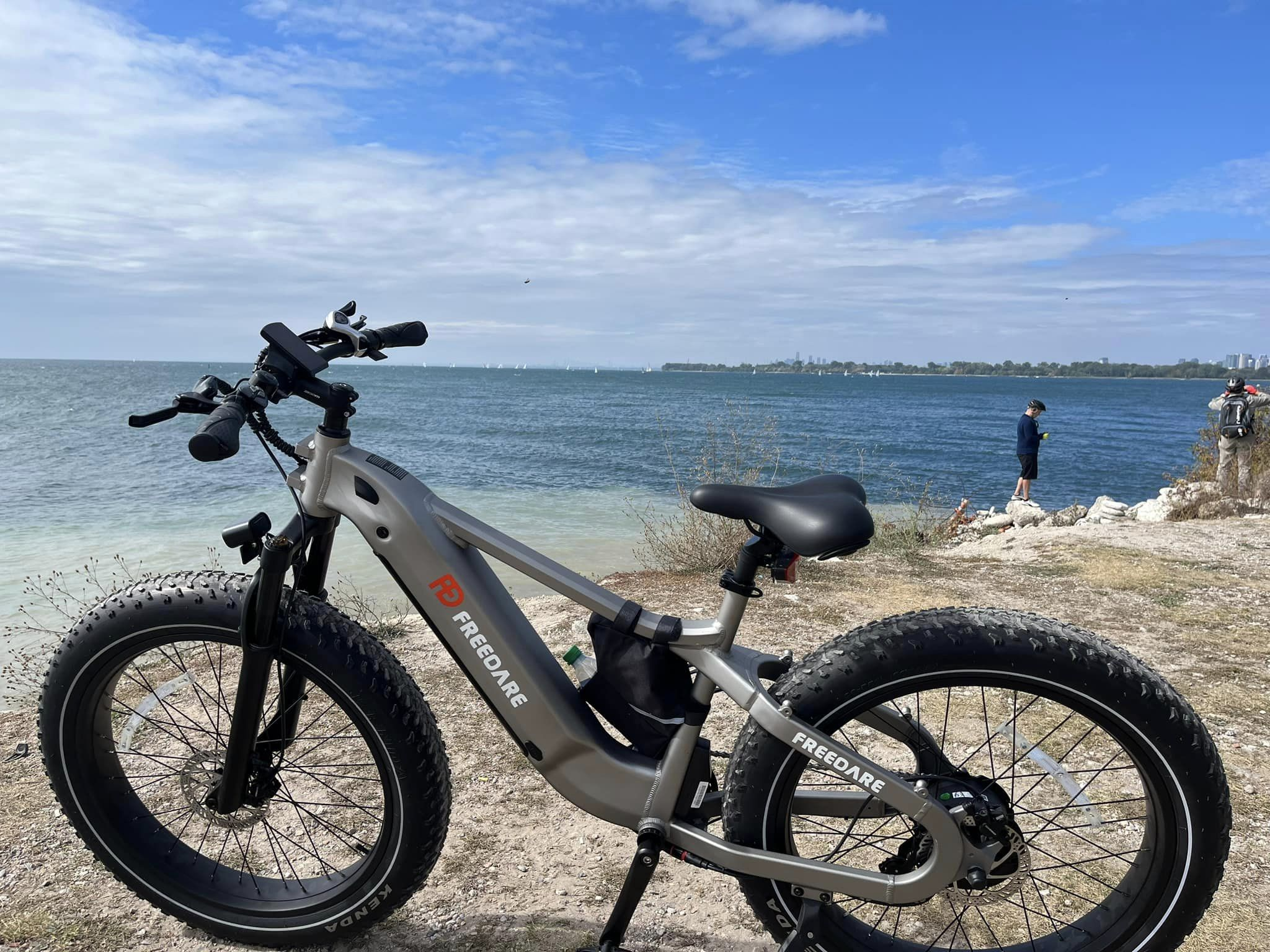Understanding the Influence of Weather Conditions on Sports Performance

99exch, World777, Laser247 : Weather conditions play a significant role in determining the performance of athletes in sports. Whether it’s a scorching hot day or a heavy downpour, the weather can have a profound impact on an athlete’s abilities and overall outcome of a game. These conditions can affect physical endurance, agility, flexibility, and even mental focus. As such, understanding the influence of weather conditions on sports performance is crucial for athletes and coaches alike.
The influence of weather conditions on sports performance can be seen across various sports disciplines. For example, in outdoor sports such as soccer or football, a high temperature and humidity level can lead to excessive fatigue and dehydration, affecting an athlete’s ability to run, jump, and execute skillful maneuvers. On the other hand, in winter sports like skiing or ice hockey, the cold temperature can stiffen muscles and reduce joint flexibility, making it harder for athletes to perform at their peak level. Thus, recognizing and adapting to these weather conditions can give athletes a competitive edge and ensure their optimal performance on the field or the court.
Heading 2: Identifying the Key Weather Variables that Affect Performance
When it comes to sports performance, weather conditions can play a significant role in determining how well an athlete performs. From scorching heat to freezing cold, athletes have to battle against the elements in order to achieve their best results. However, it is not just the extreme conditions that can affect performance. Even subtle changes in weather variables can have a profound impact on an athlete’s abilities.
One of the key weather variables that can greatly influence sports performance is temperature. When it is too hot, athletes may struggle with fatigue, dehydration, and decreased endurance. On the other hand, extremely cold temperatures can affect an athlete’s flexibility, muscle function, and overall performance. Finding the optimal temperature range for each sport can be crucial in maximizing performance and preventing injuries.
Another important weather variable is humidity. High humidity can make it difficult for the body to cool down through sweating, leading to increased core temperature and reduced performance. Conversely, low humidity levels can result in dehydration and impaired thermoregulation. Understanding the ideal range of humidity for different sports can help athletes prepare accordingly and adjust their strategies to maintain optimal performance.
Wind speed and direction are additional weather variables that athletes need to take into account. A strong headwind can slow down runners and cyclists, requiring them to exert more effort to maintain their pace. Similarly, strong crosswinds can affect ball control in sports such as tennis and golf. Learning how to adapt and adjust technique under varying wind conditions can be essential in maintaining consistency and achieving success.
Precipitation, whether in the form of rain or snow, can also impact sports performance. Wet surfaces can make running and cutting movements more challenging, increasing the risk of slips and falls. In addition, precipitation can affect the grip of equipment, such as tennis racquets or football boots, making it harder to control the ball. Athletes need to be prepared to adjust their game plans and techniques when competing in wet conditions.
Overall, identifying and understanding the key weather variables that affect sports performance is crucial for athletes and coaches alike. By considering factors such as temperature, humidity, wind speed, and precipitation, athletes can better prepare themselves for the challenges that different weather conditions may present. With proper planning and adaptation, athletes can optimize their performance, no matter what the weather throws at them.
• Temperature: Extreme heat can cause fatigue, dehydration, and decreased endurance while extreme cold can affect flexibility, muscle function, and overall performance.
• Humidity: High humidity makes it difficult for the body to cool down through sweating, leading to increased core temperature and reduced performance. Low humidity levels result in dehydration and impaired thermoregulation.
• Wind speed and direction: Strong headwinds slow down runners and cyclists, requiring more effort to maintain pace. Crosswinds affect ball control in sports like tennis and golf.
• Precipitation: Wet surfaces make running and cutting movements more challenging, increasing the risk of slips. It also affects equipment grip, making it harder to control the ball.
Identifying these key weather variables helps athletes prepare accordingly:
– Finding optimal temperature range for each sport
– Understanding ideal range of humidity for different sports
– Learning how to adapt technique under varying wind conditions
– Being prepared to adjust game plans in wet conditions
By considering these factors athletes can optimize their performance regardless of weather challenges.
How does weather conditions affect sports performance?
Weather conditions can have a significant impact on sports performance. Factors such as temperature, humidity, wind speed, and precipitation can all affect an athlete’s ability to perform at their best.
What are some key weather variables that can affect performance?
Some key weather variables that can affect performance include temperature, humidity, wind speed, and precipitation. These variables can impact factors such as endurance, speed, grip, and accuracy.
How does temperature affect sports performance?
Temperature can have a direct impact on an athlete’s performance. Extreme temperatures, whether hot or cold, can affect the body’s ability to regulate its internal temperature, leading to fatigue, dehydration, or decreased muscle function.
How does humidity affect sports performance?
Humidity refers to the amount of moisture present in the air. High humidity can make it difficult for sweat to evaporate, leading to increased perceived exertion and decreased performance. It can also impact an athlete’s ability to cool down and regulate body temperature.
How does wind speed affect sports performance?
Wind speed can significantly affect sports performance, particularly in outdoor sports. Strong winds can create resistance, making it harder for athletes to move efficiently. It can also impact ball trajectory and affect throwing or kicking accuracy.
How does precipitation affect sports performance?
Precipitation, such as rain or snow, can have various effects on sports performance. Slippery playing surfaces can affect traction and footwork, while wet or heavy equipment can impact speed and agility. Additionally, visibility may be reduced, affecting reaction time and accuracy.
Can athletes adapt to different weather conditions?
Athletes can adapt to different weather conditions to some extent. Through training and preparation, athletes can acclimate their bodies to perform better in specific conditions. However, extreme weather conditions can still pose challenges that may impact overall performance.
Are there any specific strategies to mitigate the effects of weather on performance?
Yes, there are several strategies athletes can employ to mitigate the effects of weather on performance. These include proper hydration, wearing appropriate clothing or equipment, adjusting game plans or strategies to account for weather conditions, and incorporating specific warm-up or cool-down routines.
How important is it for athletes and coaches to be aware of weather conditions?
It is crucial for athletes and coaches to be aware of weather conditions as they can greatly impact performance and safety. Being prepared and informed allows for adjustments to be made, ensuring athletes can perform at their best while minimizing the risk of injury.
Can weather conditions ever be an advantage for some athletes?
Tiger Exchange: Yes, certain weather conditions can be advantageous for athletes depending on the sport. For example, colder temperatures can benefit endurance athletes by reducing heat stress, while wind can be beneficial for sailing or wind-dependent sports. Adaptation and skill in utilizing specific weather conditions can give athletes a competitive edge.





